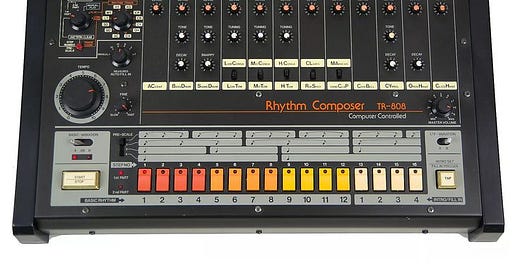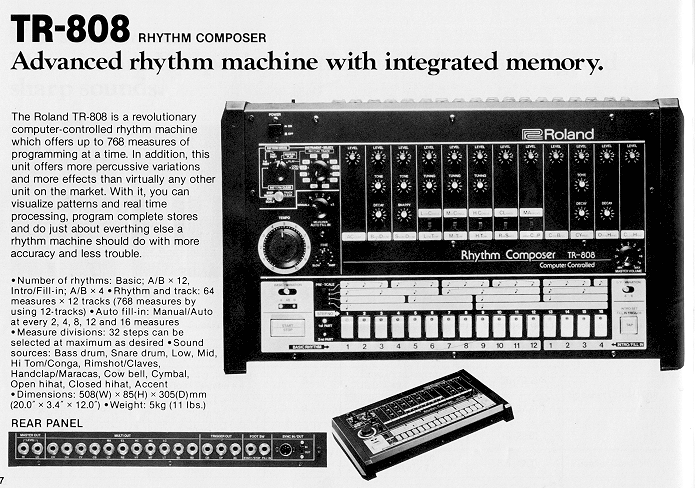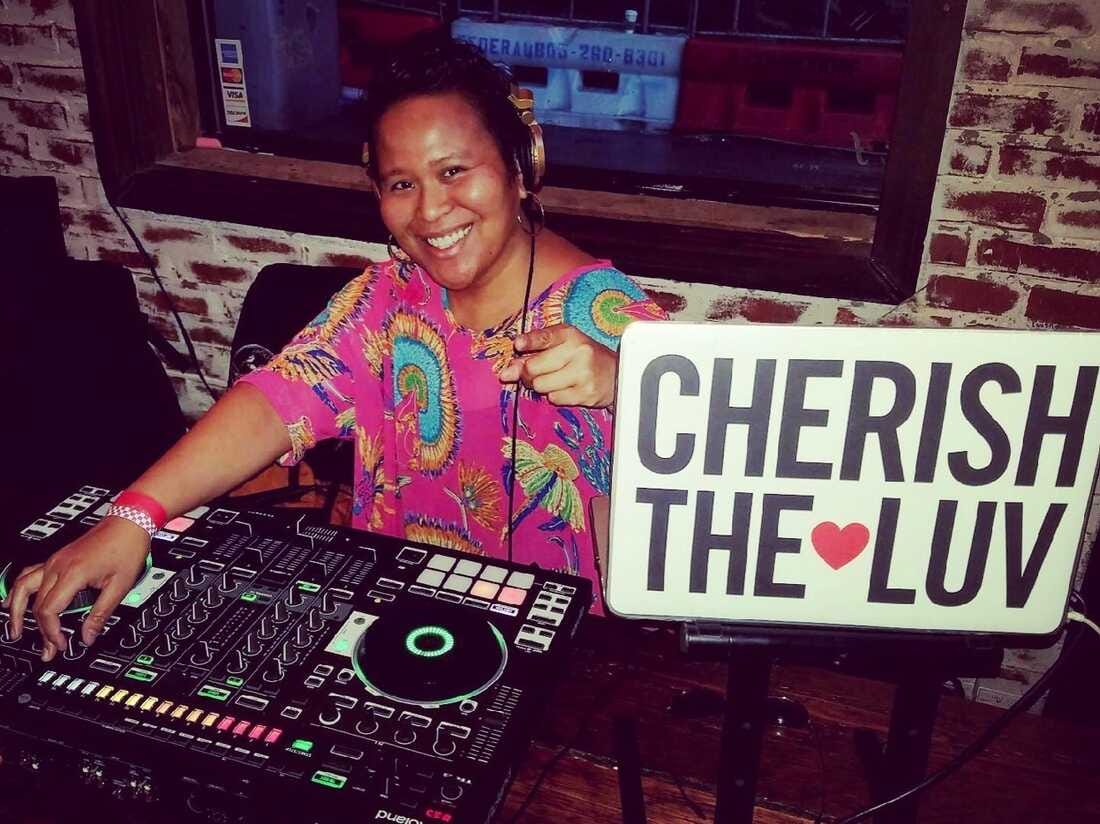What Is the Roland TR-808 and Why Does It Make Me Feel Tipsy on White Wine?
Honoring the official start of my internship at Sony Music Entertainment today...
When I was a teenager, back when I was trying everything the world had to offer and pretending to study in music class, I’d sit there just playing with hi-hats. I had this Yamaha keyboard and I’d spend hours hitting those tinny little hat sounds. I never learned to play drums (I really wish I had), but if I had, it would’ve been because of that obsession: hi-hats, claps, kicks... rhythm. It got in my bones.
And without knowing it, what I was chasing was the vibe of the Roland TR-808.
So... what even is an 808?
The Roland TR-808 is a drum machine. It's not a real drum kit or a sampler, but a small box from the 1980s that produces its own sounds using analog circuitry. That’s why it sounds the way it does: electronic, deep, punchy, but also warm and round. It doesn’t try to imitate a real drummer. It sounds like something else. It sounds like the future.
It came out in 1980, didn’t sell well, and was discontinued in 1983. But despite that initial commercial failure, it became one of the most influential tools in music history.
One of its most revolutionary features was that you could program your own rhythms. You weren’t stuck with preset loops. You could create your own patterns, add fills and variations, even tune and shape the tones. It became an instrument in its own right.
The TR-808 has 12 iconic sounds generated with analog synthesis: deep kicks, dry snares, hi-hats that tick like clocks, metallic claps, toms that go bloop like drops in space, and a cowbell that sounds like it came out of a sci-fi movie.
What does it sound like?
The 808 has this deep kick drum that pitches down over time. That means it starts high and drops lower as it rings out. That’s why it feels perfect in your headphones or your car. It lands right where the bass boost hits. It’s smooth, heavy, and warm but it can also be aggressive and dirty depending on how you use it.
That bass drum isn’t just for rhythm BUT it can make melodies too. That’s why producers tune it to match the key of the song. It’s part drum, part bassline.
The rest of the sounds?
Claps that sounds like a group of people clapping inside a metal cave.
Hi-hats are crisp, fast, and sharp.
Cowbell that sounds like something you’d hear in a sci-fi movie.
Toms that go bloop like water drops in space.
Why is it so special?
Because it's everywhere. Hip hop, R&B, trap, house, techno, pop. Entire generations have grown up listening to these sounds without even realizing they came from a little machine. It sounds natural because it's familiar. But it also has its own personality. It’s emotional.
It fills the stereo space in a way that few drum kits can:
The kick hits deep and smooth.
The snare cracks hard and cuts through.
The hats and claps float on top, bringing movement.
It fills the stereo space in a unique way. The kick sits in your chest. The snare hits clean and dry. The hi-hats float above like rain.
Like Sir Mix-A-Lot said, “because the 808 kick drum makes the ladies get dumb.”
And it’s not just the sound, it’s what it evokes. For me, it feels like I’m a little tipsy on white wine, dancing in a loose outfit, slightly sweaty, not caring how I look. I’m just there, vibing.
Some fun and personal facts
“Sexual Healing” was the only song that ever got Marvin Gaye a Grammy. One of the biggest songs of his career, built over one of the coldest, most robotic beats of its time. As Questlove once said, it’s wild how such a warm voice sat on top of such a frozen beat. The contrast made it timeless.
One time I went out for ice cream with Nic Collins, Phil Collins’ son, who’s also an amazing drummer. His dad used to say that sometimes real drums can get boring, and that a human drummer gets tired after 15 minutes of playing the same pattern. But a machine like the 808 never stops. Unless you pour beer on it. In that case, it shuts down. But if you pour beer on a drummer, he keeps playing.
Songs where the 808 shines
“The Way You Move” by OutKast. The lyrics say “I know y’all wanted that 808”
Kanye West’s album “808s & Heartbreak” it honors it in the title. Every song has the 808’s heartbeat.
“Heartless” by Kanye, one of my favorites, has that kick that splits you in two.
“Sexual Healing” by Marvin Gaye. Pure heat on top of ice.
“Between the Sheets” by The Isley Brothers. Sensual and electronic at once.
And “On & On” by Erykah Badu? Yep, 808 too. Subtle but present.
Is it easy to use an 808?
Si… y no.
Anyone can download a sample pack and throw down some beats. But really understanding it, tuning the sounds, adjusting the decay, playing with sustain, knowing when to leave the space… that’s another level.
Not all 808 kicks sound the same. Every producer stretches them, distorts them, adapts them to their style. That’s how one single machine gave us everything from Marvin Gaye to Three 6 Mafia.
Some context
In the US, trap music is built on 808s. But in the UK, those basslines were already part of jungle and grime back in the 90s. It’s a global sound. A universal language in dance music.
These days, almost no one uses the original machine, which can cost over 4,000 dollars. Instead, they use plugins, samples, or replicas. Roland actually released the TR-8 in 2014 and the TR-08 in 2017, recreating those classic sounds with modern tech.
Final thoughts
Jacques Derrida talked about hauntology, the way the past still lives in the present. The 808 is a perfect example. Forty years later, we’re still dancing to its sounds. Still in love with that little magic box.
The 808 isn’t just an instrument. It’s a feeling. It made me fall in love with rhythm. It made me realize I didn’t want to play keys (my hands are way too small for that anyway), I wanted to play drums and bass. It made me feel.
Oh, and yeah. It has its own day: August 8. My birthday too. It’s also International Cat Day and National Female Orgasm Day. What a day, huh?
(Also, send over any 808 tracks you love. Always craving more.)
Long live the 808. That weird little drum machine that taught us how to move.








